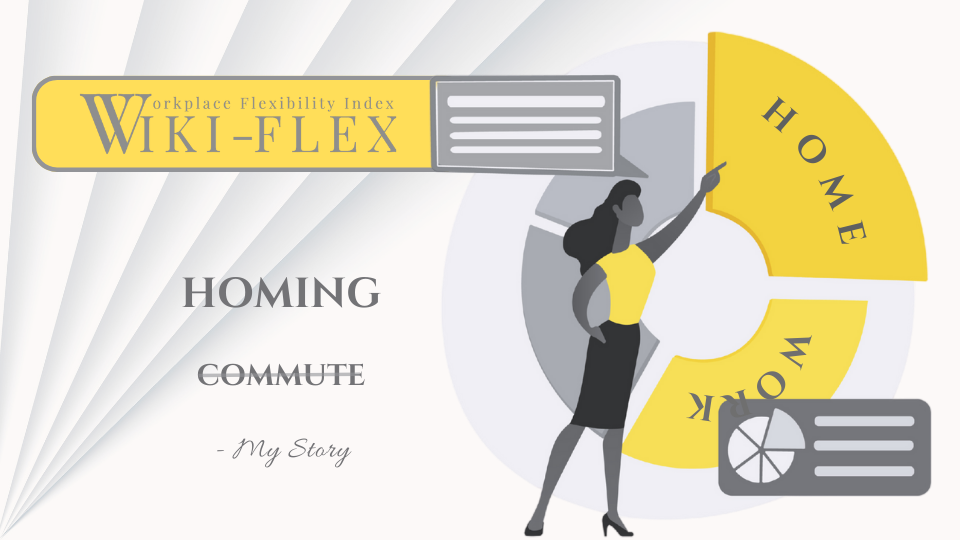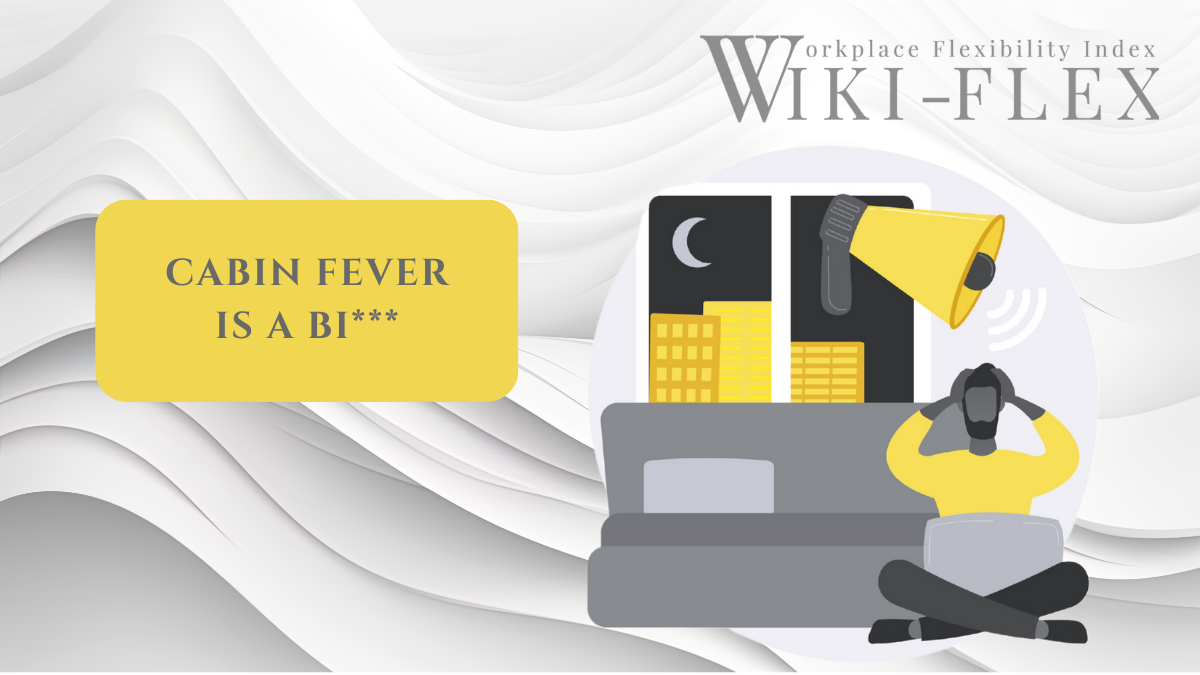The COVID-19 pandemic has drastically altered the way we work. With social distancing mandates and lockdowns, remote work has become the norm for many companies around the world. While remote work offers a host of benefits such as flexibility and improved work-life balance, it can also create isolation anxiety for workers. In this article, we will explore how remote work leads to isolation and how hybrid work can be a plausible solution.
The Isolation Anxiety of Remote Work
Working from home can be a blessing and a curse. On the one hand, it eliminates the need for a daily commute, provides a comfortable workspace, and allows for a flexible schedule. On the other hand, it can be lonely and isolating. A study conducted by Buffer found that 20% of remote workers cited loneliness as their biggest struggle with remote work. With remote work, there are no physical cues to signal when the workday begins or ends, making it easy for workers to blur the lines between work and personal time. Remote workers often report feelings of loneliness, anxiety, and depression, which can impact their mental health and overall well-being. Without clear boundaries, remote workers may feel like they are always “on,” which can lead to burnout and exhaustion.
Isolation anxiety can be compounded by a lack of clear communication and boundaries. A survey conducted by Harvard Business Review found that remote workers are more likely to feel left out and mistreated than their in-office counterparts. When working remotely, workers miss out on the social interactions and camaraderie that come with working in an office environment. This research highlights the importance of addressing isolation anxiety in remote work, and the potential benefits of hybrid work models.
The Solution: Hybrid Work
While remote work has its benefits, it comes with its drawbacks. To combat isolation anxiety, many companies are turning to hybrid work models, which blend remote and in-office work. Hybrid work allows employees to work from home some days and in the office on others, providing the best of both worlds. By creating a flexible work environment, workers can choose when and where they work, allowing them to strike a balance between work and personal life.
One of the key benefits of hybrid work is that it allows workers to maintain social connections with their colleagues while still enjoying the benefits of remote work. By coming into the office a few days in a week, workers can interact with their coworkers, build relationships, and collaborate on projects. This social interaction can help reduce isolation and loneliness, improving workers’ mental health and well-being.
Additionally, hybrid work provides an opportunity for workers to create clear boundaries between work and personal life. By coming into the office on designated days, workers can build a routine and structure for their workday, making it easier to switch off when their workday ends. This can help reduce burnout and improve overall job satisfaction.
Conclusion
Remote work has become a part of our new normal, but it is not without its challenges. The isolation anxiety that can come with remote work can impact employees’ mental health and overall well-being. By implementing clear guidelines and providing support and resources for remote workers, companies can ensure that they enjoy a high-quality work life while also being productive. For many companies, Hybrid work has proven to be a plausible solution, allowing workers to enjoy the benefits of remote work while still maintaining social connections with their colleagues.




